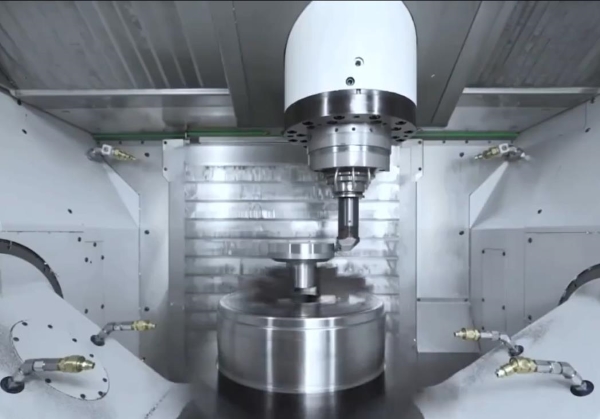
In the realm of industrial machinery and automation, reducerplay a pivotal role in power transmission, ensuring precise control and movement across various applications. As technology continues to advance, the future of reducerholds exciting possibilities, with developments ranging from enhanced efficiency to expanded applications. This article explores the potential directions and promising prospects that lie ahead for reducer.
1. Advancements in Materials and Manufacturing
The future of reducer is intertwined with innovations in materials and manufacturing processes. Advanced composite materials and high-performance alloys are expected to become more prevalent in reducer construction, offering benefits such as reduced weight, increased strength, and enhanced durability. Additive manufacturing techniques, including 3D printing, may revolutionize the production of intricate reducer components, allowing for complex geometries and optimized designs that were previously unattainable.
2. Integration of Smart and IoT Technologies
The integration of smart technologies and the Internet of Things (IoT) is set to transform the functionality of reducer. Smart sensors embedded within reducerwill provide real-time data on temperature, vibration, and wear, enabling predictive maintenance and minimizing downtime. The IoT connectivity will allow reducerto communicate with other components in the industrial ecosystem, optimizing overall system performance and contributing to the evolution of intelligent and interconnected industrial processes.
3. Increased Efficiency through Lubrication Innovations
Efficiency remains a paramount concern in reducer design, and lubrication innovations are expected to play a crucial role in boosting overall performance. Advanced lubricants with tailored properties, such as low friction and high-temperature stability, will contribute to minimizing energy losses and reducing wear on reducer components. Furthermore, developments in lubrication systems, including self-monitoring and self-adjusting systems, will enhance the reliability and longevity of reducer.
4. Compact and Lightweight Designs
The demand for more compact and lightweight machinery is driving innovations in reducer design. Future reducerare likely to be more compact without compromising performance, allowing for greater flexibility in integrating them into tight spaces or within applications where weight is a critical factor. This trend aligns with the growing need for mobile and agile industrial systems across various sectors.
5. Application in Renewable Energy Systems
As the world shifts towards sustainable energy sources, reducerare expected to play a crucial role in renewable energy systems. Wind turbines, solar tracking systems, and tidal energy generators rely on reducerfor efficient power transmission. Ongoing developments in reducer technology will contribute to enhancing the reliability and efficiency of renewable energy systems, making them more economically viable and widely adopted.
6. Customization and Modularization
Future reducerare likely to move towards increased customization and modularization. The ability to tailor reducer configurations to specific applications will become more prevalent, allowing manufacturers to optimize performance for diverse industries. Modular designs will facilitate easier maintenance and upgrades, reducing downtime and overall lifecycle costs.
7. Human-Machine Collaboration in Maintenance
With the rise of Industry 4.0, human-machine collaboration is becoming a key theme in industrial settings. reducerequipped with augmented reality interfaces and collaborative robotics will simplify maintenance tasks. Technicians will be guided through repairs or replacements with interactive visualizations, reducing the skill barrier for maintenance and enhancing the overall efficiency of reducer upkeep.
In conclusion, the future of reduceris bright with possibilities. From materials and manufacturing advancements to smart technologies and renewable energy applications, reducerare set to undergo a transformative journey. As industries evolve, the reducer's role as a critical component in machinery and automation will continue to expand, contributing to more efficient, reliable, and sustainable industrial processes.
 English
English Deutsch
Deutsch Русский
Русский Español
Español
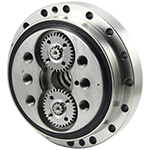
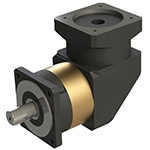
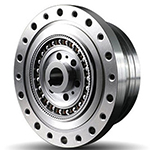
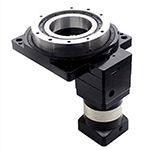
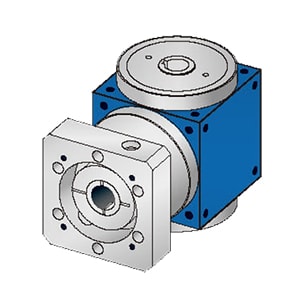
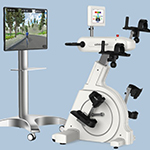
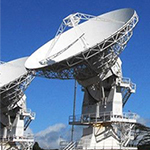
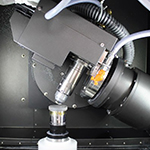
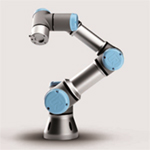
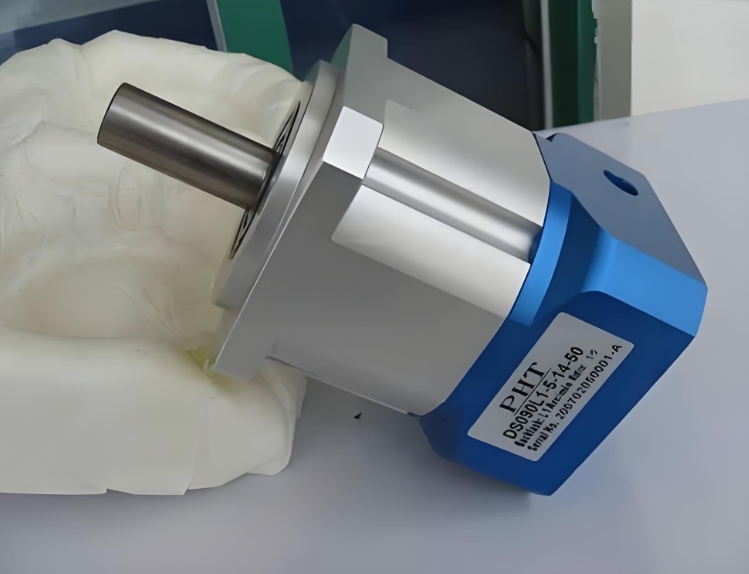
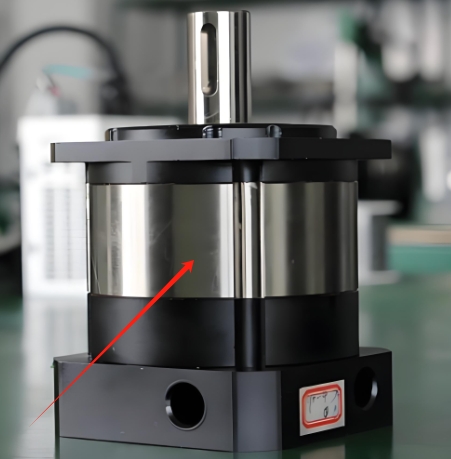
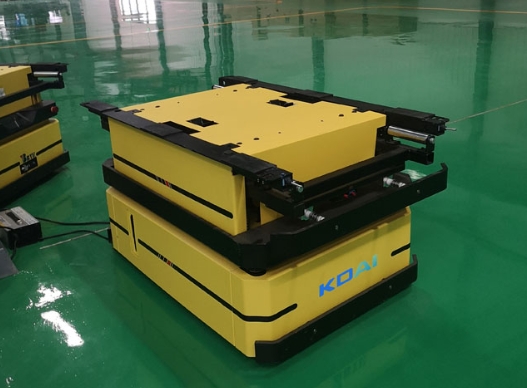
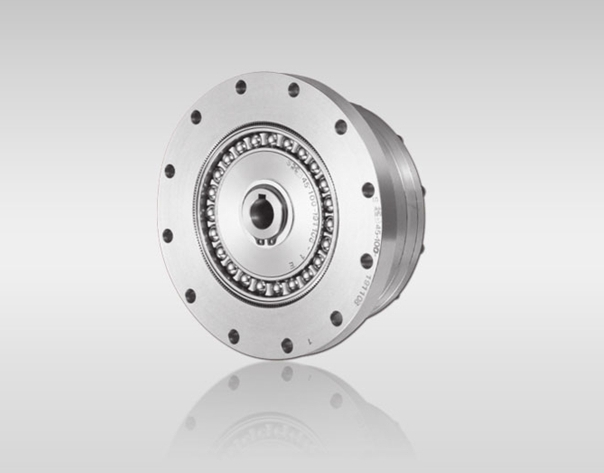
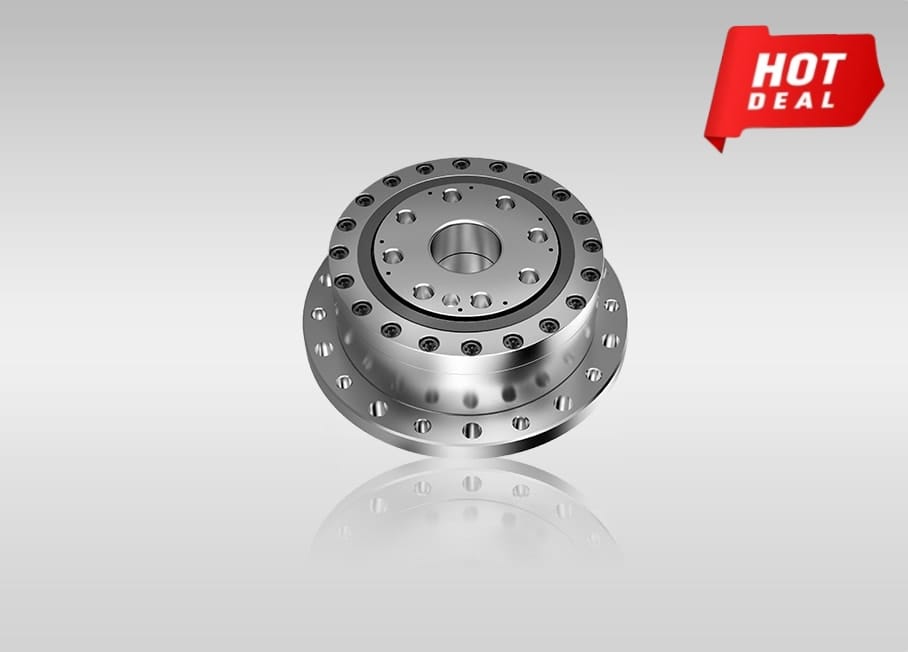
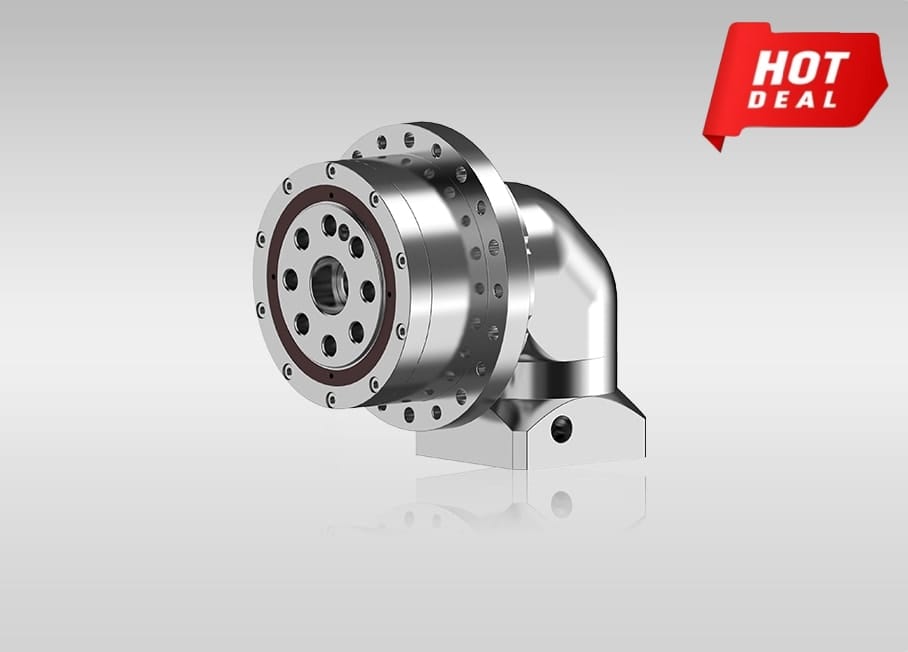
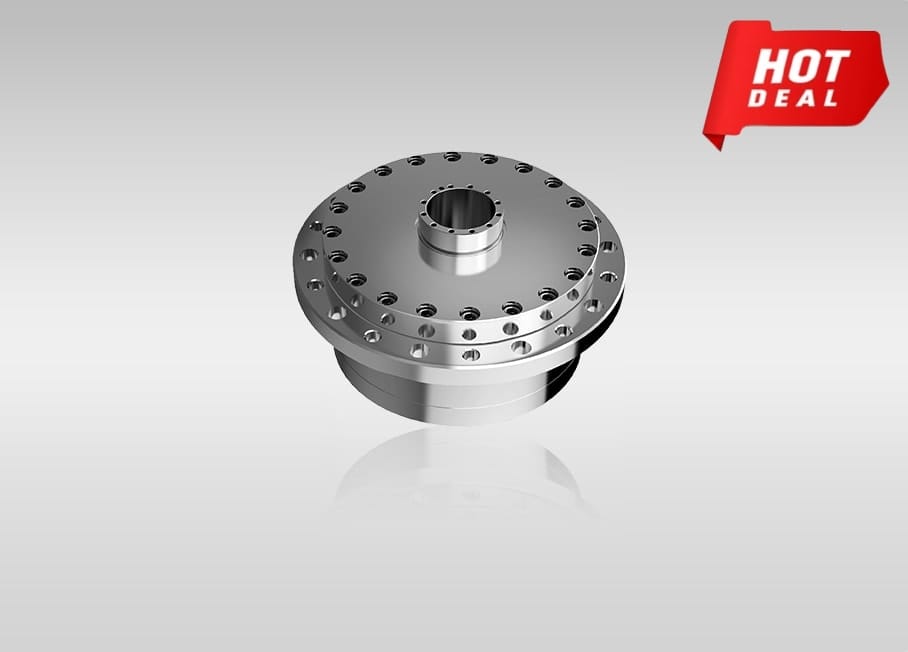
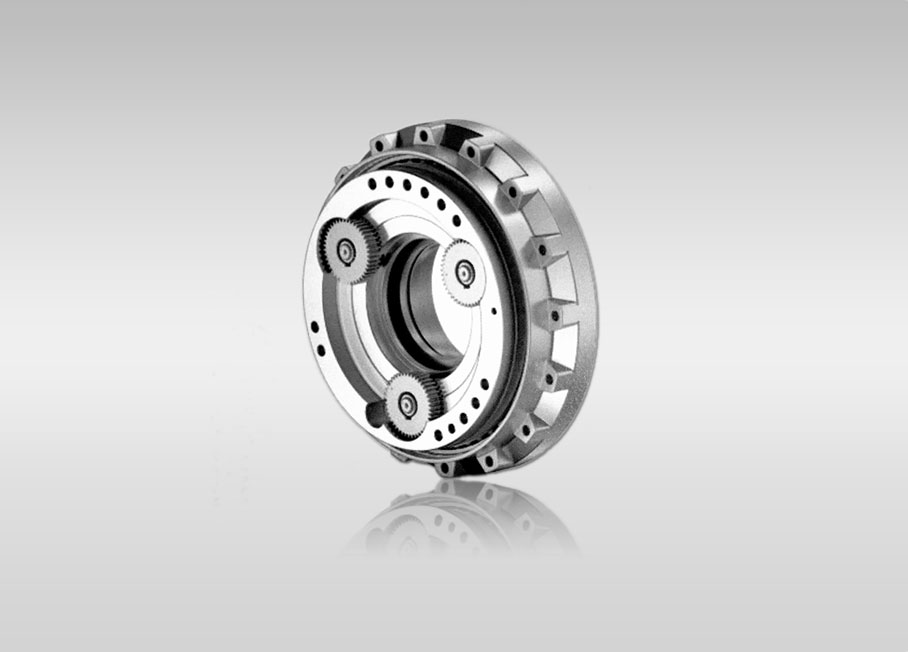
Quote Now